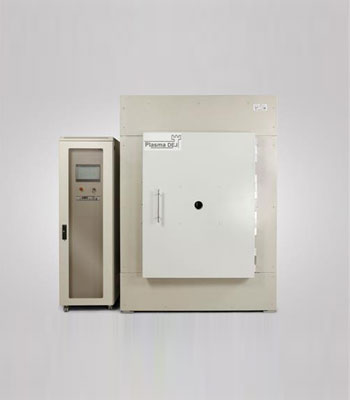Cold Plasma for Food Processing
0,00 €Introduction
Cold Plasma for Food Processing works based on a novel non-thermal food processing technology that uses energetic and reactive gases for mild surface decontamination of foods and packaging materials. In this system, dielectric barrier discharge (DBD) is used as a common method for generation of non-thermal plasma. DBD is electrical discharge between two electrodes which at least one of them is covered by an insulating dielectric barrier. Applying high voltage alternating current leads to the non-thermal DBD plasma generation at atmospheric pressure.
Plasma Jet
0,00 €Introduction
Plasma Jet is a surface treatment tool which works based on cold atmospheric plasma. Such plasmas are not under thermal equilibrium; typical ion temperatures are about 300-400 K while electron temperatures are much higher. This feature enables the users to treat sensitive surfaces without the risk of thermal damage. This device is equipped with a low area, rotating torch which is able to enhance surface properties, especially dyeing and stability of pigments on the surface.
PlasmaDEJ (Textile Plasma Processing Unit)
0,00 €Introduction
Textile Plasma Processing Unit is a plasma-based material processing tool which aims at providing surfaces with hydrophobic and dirt-repellent characteristics. This processing unit works based on cold plasma because most textile materials are heat sensitive polymers. In this low-pressure plasma system, plasma is generated in an evacuated chamber containing small amounts of the desired precursor gas. Plasma (ionized gas containing both charged and neutral species, including free electrons, positive and/or negative ions, atoms, and molecules) comes into contact with the material surface and allows subsequent reactions to take place on the material surface.





